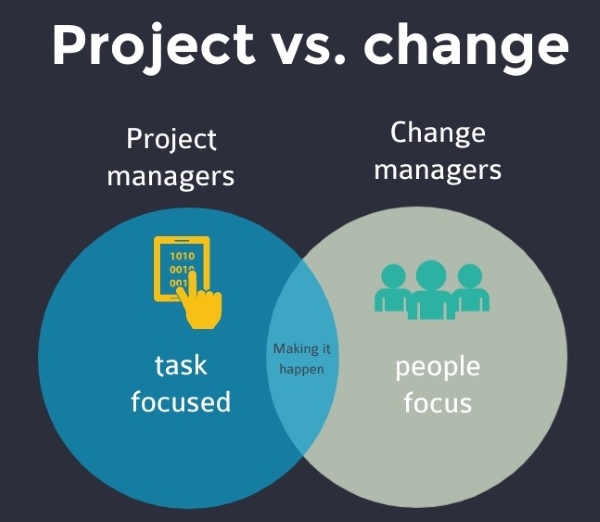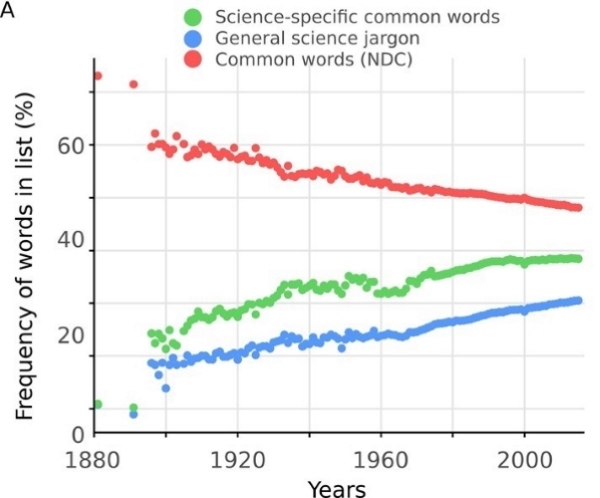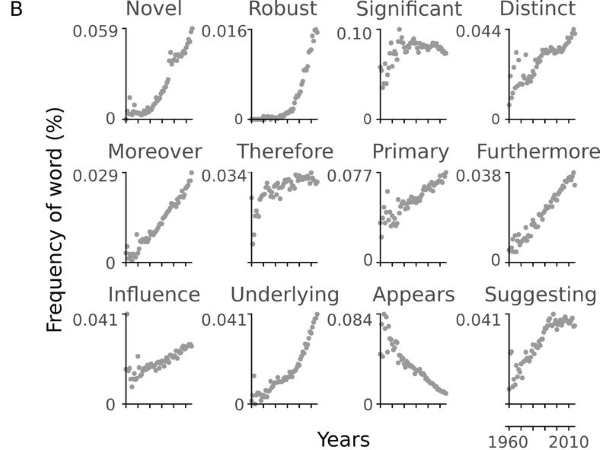 Jo Webb from the UK Data Archive, a partner in the UK Data Service, recently presented a workshop at the IASSIST conference on managing change and found out Marie Kondo is a great example to use.
Jo Webb from the UK Data Archive, a partner in the UK Data Service, recently presented a workshop at the IASSIST conference on managing change and found out Marie Kondo is a great example to use.
The programme for the annual IASSIST (International Association for Social Science Information Service and Technology) conference always includes a range of workshops, usually focused on tools for data.
This year, the conference committee invited proposals to run a workshop on change management. My background is in project management, and at the Archive I lead on change management so I was delighted to be invited to facilitate the workshop. It was a lively morning sharing knowledge and best practise with people who really want to get change right.
And here’s some ideas of what we learned that morning.
Marie Kondo has taken over the world.
Attendees for the workshop came from all over the world, but all but one recognised a photo of Marie Kondo.
Marie Kondo was one of Time’s top 100 most influential people in 2015, regularly tops the best seller charts and most importantly is the subject of twitter arguments. Her method is all about change and so what is she getting right?
What does Marie Kondo know about change?
I’m not going to discuss the merits of sock storage (if interested watch this), or get into any arguments about numbers of books people are allowed to have.
However, what the Marie Kondo series does show us is the formula of one of the earliest models for change management which was developed by Kurt Lewin in the 1940s. Lewin’s model of unfreeze (create the will for change), change (do the change) and freeze (embed the change) is simple, and creates an easy framework for change management projects.
I’d used Marie as an example of the formula used by TV change and make-over programmes.
If you’ve seen a TV change and make-over programmes you’ll recognise the process:
- There’s a big shock or confrontation as the subject of the episode realises what an impact their hoarding/ eating/ bad clothes has on their daily life (unfreeze).
- We then follow their change ‘journey’ usually with crying and many epiphanies culminating in what TV calls the ‘big reveal’ (change). This is where we see the results of all their hard work.
- But, most importantly, the programmes have a revisit, they go back and see how the person is doing and whether they’ve maintained their new behaviours (freeze).
Marie is all about people
TV programmes are all about the people – and so is change management. We see people going through grief as they lose their old behaviours. We see the change curve in action (developed by Kubler-Ross).
The change is not delivered by the skip hire company collecting someone’s hoard, or the website delivering someone a new outfit.
The change happens in people.
I’ve often heard things along the lines of ‘project managers deliver the thing you want and change managers do the people’.
However, if you just concentrate on the project, you leave people behind. This is really common when people think of ‘IT or technical projects’. A new system is developed but the people who use it have been left out. But the benefits of the system usually do not get delivered by an IT system on its own, the benefits come from automation, a better user experience, removal of glitches and idiosyncracies in the current process. These all will depend on people making it work.
You need to bring people along with you plus good project management which looks at delivery on time, on budget and to your desired quality.

Marie sticks to what she knows
Marie helps people tidy up. At the time of writing this she hasn’t launched a cook book, or a line of clothes, or any number of spin offs. She’s stuck to what she knows.
If you are trying to bring in change in an area you don’t know, then the advice would be to get someone who does on board.
Marie keeps it simple
Sometimes infuriatingly so. I watched a whole episode of her Netflix series to see how to store handbags (the answer? Smaller ones inside bigger ones). However, it’s not about the what – it’s the how. It’s kept simple – gather one type of item together and say goodbye to anything which doesn’t ‘spark joy’.
Keeping it simple means that everyone knows what they should do and how they fit in. Attempting to hide behind jargon will lead to confusion and uncertainty.
An example I used in the workshop is on the decline of readability of scientific texts. All that use of buzz words and empty language impacts on the reader’s ability and desire to understand.
And it’s not just scientific texts, who hasn’t slipped a few ‘moreovers’, called something ‘robust’ and hidden behind ‘suggesting’ and ‘appears’ to make their writing seem a bit more important?


A useful tool to really make sure your message is clear is a lose/keep/gain grid.
Let people know exactly what the impact of the change will be. What are they keeping? Will they be in the same office, same team, get the same pay, have the same holidays? What will they lose? If they are moving teams recognise that they may feel the loss of current working relationships, the loss of roles they may play within teams, or systems they are used to. What will they gain? More time for interesting work, a new team, chance for promotion?
Marie reinforces the change
Not only does Marie return in the TV shows to check progress, she has a blog and books all to reinforce her message.
The vernacular is that 70% of change projects fail (Hughes, 2011). And most of those are after the change has actually been achieved, but the change wasn’t embedded. So there is space for humans to make it all go away and try to get back to how it was before. You’ll see roll back, resistance, work arounds and all the other ways people can think of to go backwards.
This is why in the TV series they always ‘pop back’ to check whether people are carrying on in their new ways of life – and in change management you need to make sure you do too.
The jump to a business as usual state is crucial. You need to know who will take responsibility for new systems, who is going to make sure everything reflects the new process? You may need to rethink performance reward schemes to reflect new ways of working, look how you recruit for new skills, ensure that it’s embedded into any continuous improvement methods you have set up.
This part matters yet is often an after thought. Teams may not have been prepared or resourced to take on new functions or roles. However, it’s vital because during the project you are expending a lot of effort personally and organisationally bringing about the change. But you are only getting a tiny fraction of the benefits.
It’s after the change, when it’s business as usual, that you get the vast majority of benefit for what should be a low level of effort.
Marie’s always joyful and smiling
Your project managers and change managers should love change. They should enjoy changing things for the better, seeing a new vision for the organisation.
The world of project and change management is always changing too. Lewin looks a bit old fashioned in today’s world. Just as PRINCE is moving to AGILE. When do we get the time to change, embed, reflect and then start again with a new change? Many of the newer models reflect this faster revolution of the change wheel such as Kotter’s eight step process.
So we all don’t feel like hamsters struggling to keep up, we all need someone to recognise our needs and understand where we are on our journeys.
About the author
Jo Webb is Associate Director at the UK Data Archive with responsibility for business operations and strategy. Jo’s background is previously local and regional government bodies in the field of housing policy and strategy. She’s also an experienced project manager delivering a range of things from houses, computer systems and regeneration of a Victorian area in a seaside town.
